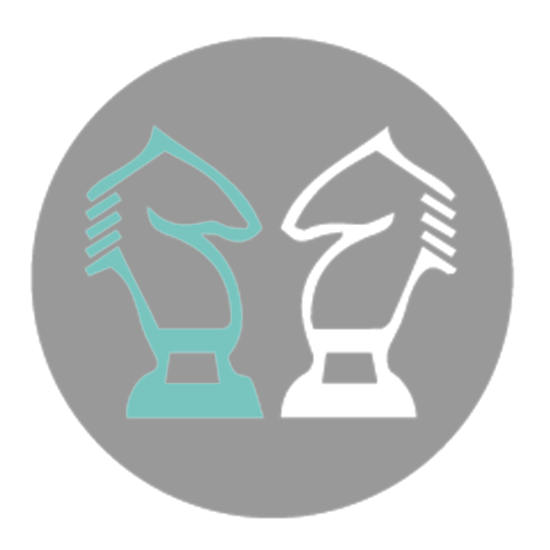You may very well have been at your game for a long while, maybe even achieved some level of success along the way. It is a daunting process, and for those who have accomplished creating, building and leading an organization, you are already in the top 1%. But every organization, once established, goes through the ebb and flow of high and low performance. It can at times seem more challenging to keep the momentum high, and the growth consistent after an organization is established.
Every business gets traction and builds momentum because it has discovered and implemented core practices that brought success. So, what are the factors that cause a business to drift away from the core practices that brought it’s original growth cycle? How do we avoid business drift altogether to maintain consistency in performance? Here are three things that may help you:
Lost Visibility
As organizations grow, the complexity grows, urgency changes, demands on our time explode. Through this growth cycle people lose focus on what activities actually produce the majority of our results. We reprioritize from “what produces” to “what is most urgent.” The urgent items cause stress, and in an attempt to subconciousluy reduce stress, we choose to address the urgent rather than do what’s most productive.
Take a few minutes and evaluate what behaviors and activities made you successful originally. Are you still doing those today, with the same intensity and consistency as you did early on in your career? It is important to see clearly what activities will maintain your success.
Busy Work
Sometimes it feels like there are so many small tasks to do, emails to answer, meetings to sit in, before we can even get to the core things we need to do! Even if we know what we should be doing, but don’t actually implement those activities, we cannot maintain a successful level of productivity. Your career (and possibly your organization) will experience a slow death from “busy work.”
Remember – effort without production is waste.
We can’t allow external forces such as email or social media interaction to control our destiny! We must control what we can, which is the investment of our time in the most productive activities. One of the best practices a CEO can develop is building his or her schedule around the core activities that bring the most productivity in your responsibilities. Schedule blocks of time first for these core activities, then build the busy work around them.
Be sure to protect these times at all cost. Let your staff know what you are doing and why it is critical they respect your unavailability. Turn off your alerts, put the phone on silent, go into airplane mode if you need to. Come hell or high water, you must do those things that will maintain your success.
Fighting Fires
All organizations have expected challenges, that’s part of the journey. Sometimes the best adventures and greatest learning experiences happen after everything has gone wrong. Fires are unexpected events that attack our business, and demand attention, sometimes in an “all hands on deck” manner.
Although fires occur, that doesn’t mean you have to be the one holding the hose, spraying the flames all the time. It is critical that you invest your time and energy into creating a staff who has the capability and courage to address the fires, without you carrying the majority of the responsibility, or even being involved at all.
Be sure to anchor your organization to successful practices and you will maintain momentum for the long term.

